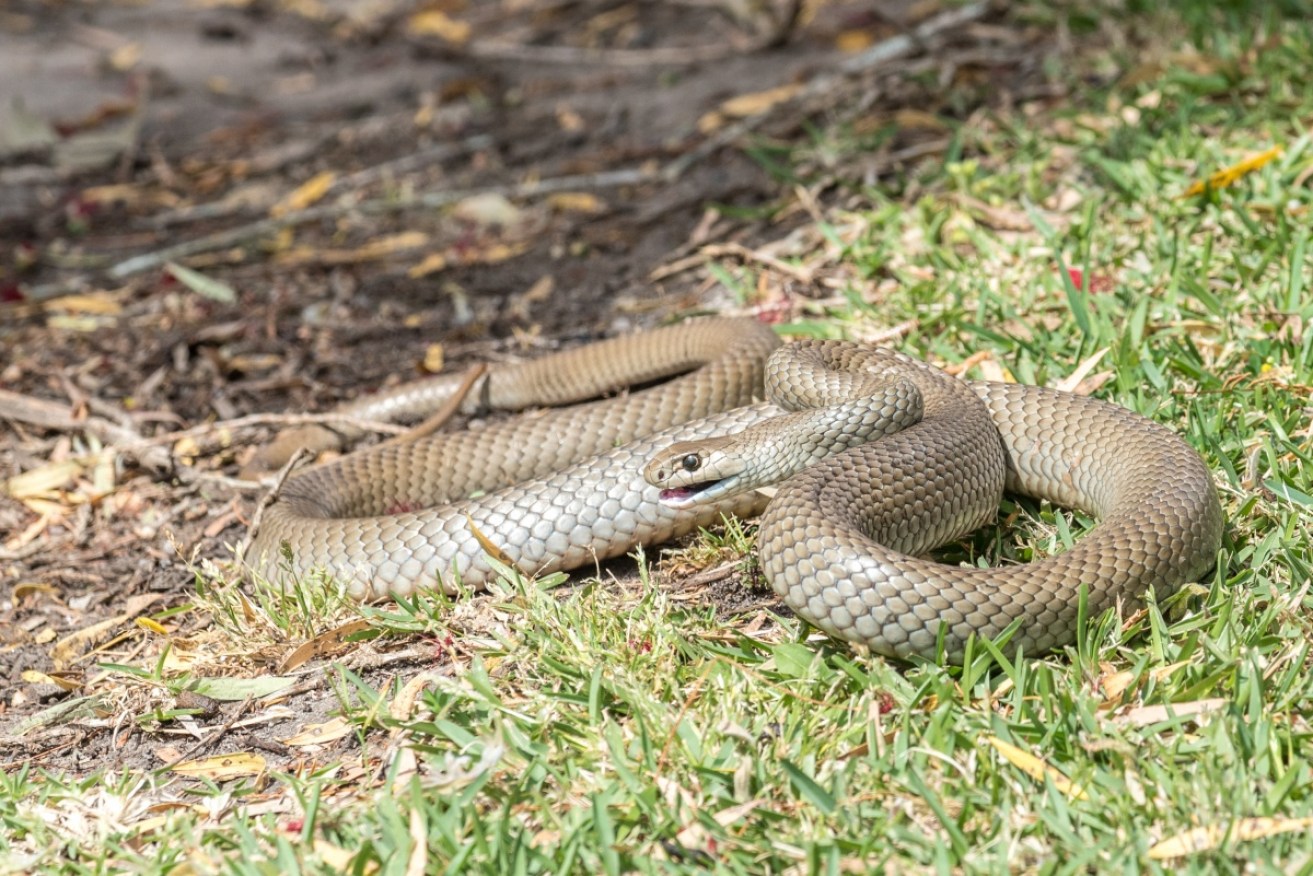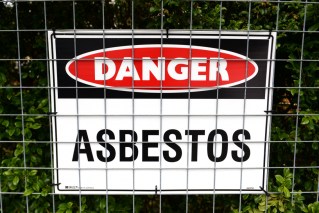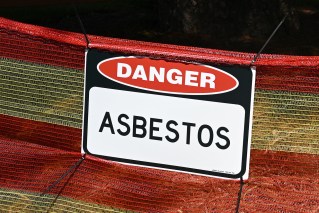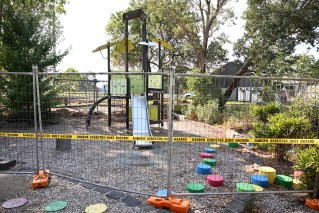Snake warning: Warm days bring Victoria’s reptiles out of hibernation early

The Eastern Brown snake is the second most poisonous snake in the world and is indigenous to Australia. Photo: Getty
Unusually warm, sunny winter days have brought snakes out of hibernation ahead of their expected springtime arrival, wildlife experts say.
Department of Environment, Land, Water and Planning Senior scientist Nick Clemann said the reptiles had already been spotted across the Victoria.
“We start to get some of the weather … cues that we’re coming in to spring, so snakes begin to emerge from the areas where they have sheltered over winter,” he said.
“It’s not all that unusual [to see them in August], but I guess it throws a lot of people off, because we’re still very much thinking it’s still officially winter.
“It’s still pretty cold most of the time, so snakes aren’t on people’s minds, but they are certainly starting to appear.”
Snakes are more common around Melbourne’s urban fringes and rural areas, but they can also be found close to cities and towns, particularly around water and parklands.
The most common snakes around Melbourne and near the coast are tiger snakes and lowland copperheads, while in drier areas, you’re more likely to come across eastern brown snakes.
Red-bellied black snakes are also common in some areas.
Mr Clemann said snakes emerging at this time of year would not be very active.
“Air temperatures can be pretty low and the snakes will start to emerge,” he said.
“What typically happens this time of year, is the snakes will come out when it’s particularly warm and especially if it’s sunny, and they’ll lie in the sun.
“What they don’t do, is move around very much at this time of year.”
Snakes not likely to move away
For this reason, Mr Clemann warns this is the time of year the chances of stumbling upon a snake are high — in the warmer months they will move away quickly when they hear something approaching, but in the cold weather they are likely to remain where they are.
“Just be observant,” he said.
“This time of year there is a real risk of stepping on them.
“It’s the time of year when people need to be aware where they put their hands and feet.”
Snake hibernation is different to the hibernation patterns of other animals, such as bears.
Their hibernation may not have a definitive end point.
“[Snakes] simply shut down for most of the really cold months and become largely inactive, [but] they can emerge and then retreat back into their winter shelter, at will, depending on the weather conditions.”
The department is reminding people to remain calm if they see a snake and try to move themselves and anyone with them away from the snake.
It said the chances of a snake turning up on a property could be reduced by cleaning up around the house and cutting lawns regularly.
Snakes are attracted to shelter, such as piles of rocks and timber, sheets of metal, or building materials.
Snakes are protected under the Wildlife Act 1975 and it is illegal to capture, kill or harm them.
– ABC








